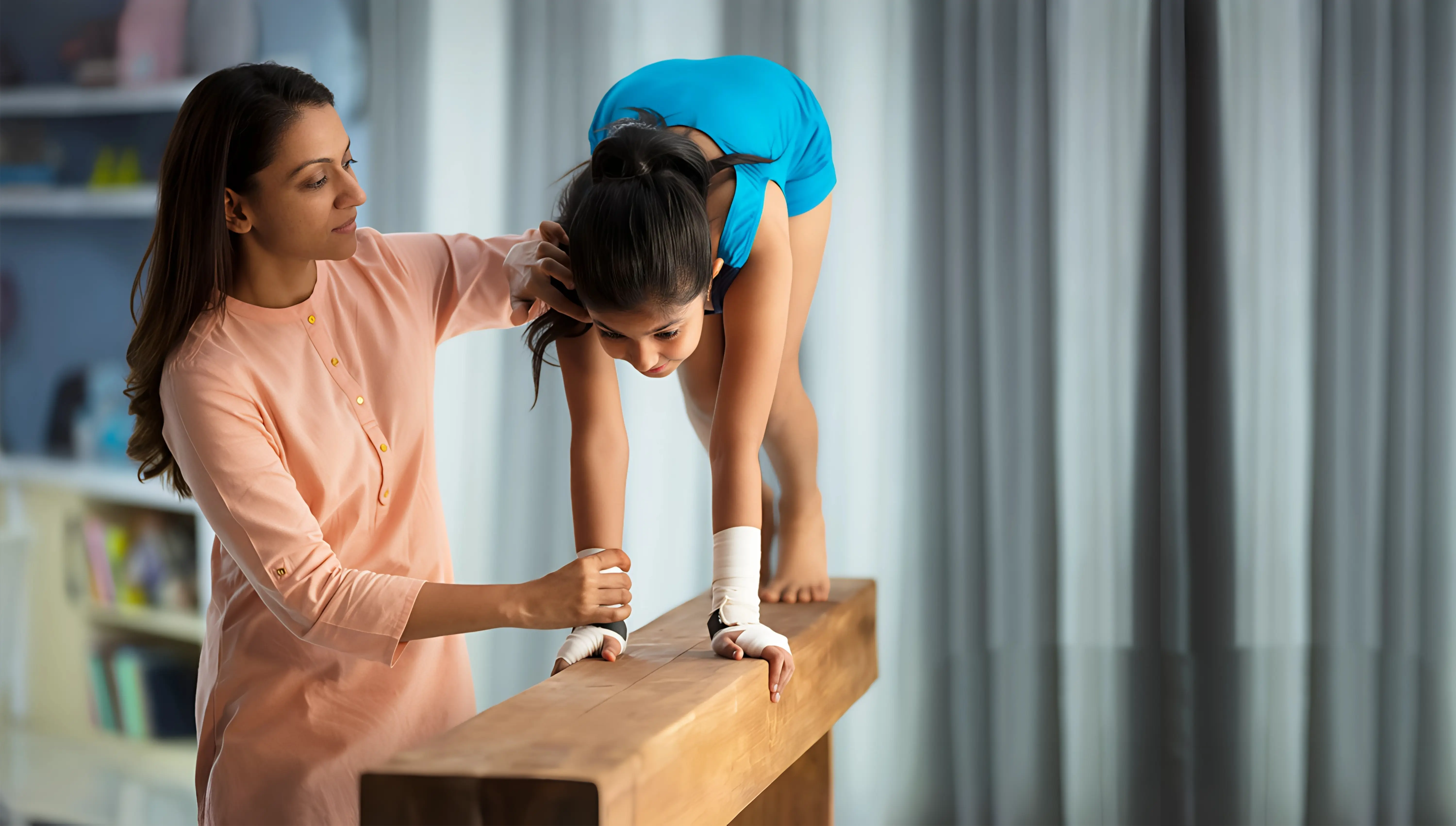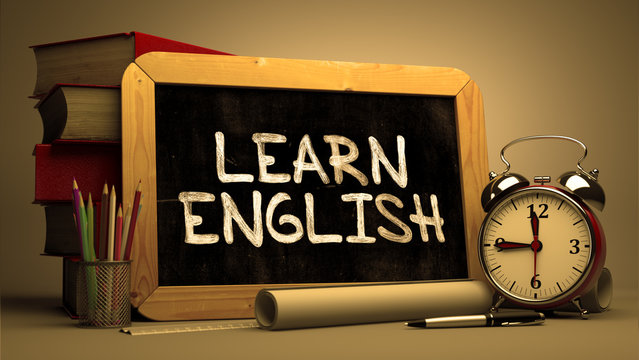
What Are The Best Beginner Gymnastics Courses Near Me?
- 03 Feb 2025
- Fitness
Many aspiring gymnasts often find themselves searching for the best beginner gymnastics courses in their area. I understand how important it is to choose a program that not only teaches the fundamentals of gymnastics but also ensures a safe and engaging environment for learning. Whether you're looking to build strength, improve flexibility, or develop confidence, the right course can positively impact your experience. In this post, I will guide you through the top options available, so you can make an informed decision that aligns with your goals.
Key Takeaways:
- Local Research: Explore local gyms and community centers for beginner gymnastics courses that suit your location.
- Instructor Qualifications: Check the qualifications and experience of instructors to ensure a safe and effective learning environment.
- Class Size: Look for classes with smaller group sizes for more personalized attention and better skill development.
Benefits of Gymnastics for Beginners
Before starting any new activity, it's necessary to understand the benefits it offers, especially for beginners. Gymnastics is an exceptional sport that promotes a variety of positive outcomes. Not only does it enhance physical abilities, but it also contributes significantly to mental and emotional development. Engaging in gymnastics can lead to increased self-esteem, better focus, and lifelong skills that extend beyond the gym.
Physical Fitness
One of the primary benefits of gymnastics is the improvement in overall physical fitness. This sport enhances strength, flexibility, balance, and coordination, which are vital for maintaining a healthy body. With consistent practice, I noticed that my endurance and muscle tone improved significantly, making it easier to engage in other physical activities.
Mental Development
Beside the physical benefits, gymnastics plays a significant role in mental development. It challenges you to set goals, overcome obstacles, and experience the joy of progression. This sport requires focus and discipline, allowing you to develop important life skills that are transferable to other areas.
Hence, the mental development gained from gymnastics cannot be overstated. As I progressed, I experienced a boost in my confidence and self-discipline, which translated to improved performance in my academic and personal endeavors. The ability to stay focused during training sessions helped me develop a resilient mindset, necessary for tackling life's challenges. Additionally, the structured environment of gymnastics encourages teamwork and social interaction, leading to stronger interpersonal skills. Overall, the mental and emotional growth I gained from gymnastics has been truly rewarding.
Key Factors in Choosing a Gymnastics Course
Some of the key factors to consider when choosing a gymnastics course include:
- Location
- Instructor qualifications
- Class size
- Safety measures
- Course curriculum
Perceiving these elements will help you make an informed decision about the right gymnastics course for you or your child.
Location and Accessibility
Before enrolling in a gymnastics course, consider the location and proximity to your home or workplace. A facility that is conveniently situated will encourage regular attendance and practice, which is necessary for developing your skills. Additionally, check for available transportation options, parking facilities, and how accessible the venue is for your family.
Instructor Qualifications
For a successful gymnastics experience, the qualifications of instructors are paramount. Instructors should possess relevant certifications and training in gymnastics, along with experience in teaching various skill levels. It's necessary to choose a course where the coaches prioritize safety and employ effective teaching methods to cater to beginners. They should also have the capability to provide personalized feedback, ensuring a supportive learning environment for you or your child.
Qualifications can make a significant difference in your gymnastics journey. Look for coaches who are certified in gymnastics pedagogy and have experience working with beginners. They should actively promote technique improvement and use proper safety gear. Additionally, a good instructor will continually update their knowledge of safe training practices and risk management, ensuring a safe environment for all participants. This foundational support will empower you to confidently progress through the course.
Types of Beginner Gymnastics Courses Available
Keep your options open when selecting a gymnastics course that suits your needs. Here are some common types of beginner gymnastics courses:
| Recreational Programs | Focus on fun and skill development. |
| Competitive Programs | Emphasize training for competitions. |
| Parent and Tot Classes | Introduce young children to gymnastics with parental guidance. |
| Dance Gymnastics | Combine dance with gymnastics elements. |
| Special Needs Programs | Adapted courses for children with disabilities. |
Any of these options can provide you with the foundational skills for your gymnastics journey.
Recreational vs. Competitive Programs
Around beginner courses, you'll find two primary paths: recreational and competitive programs. Recreational courses prioritize fun and skill-building, perfect for those interested in general fitness. On the other hand, competitive programs focus on advanced techniques and preparation for events. Deciding which path suits you or your child can significantly impact their gymnastics dedication and experience.
Age-Specific Classes
Around gymnastics, age-specific classes cater to different skill levels and physical abilities. These classes ensure that the activities are suitable for each age group, helping to foster skill development and confidence. For example, 3-5 year olds might explore basic movement patterns, while 6-8 year olds can engage in more structured training. Safety is prioritized, and the instruction is tailored to suit developmental needs. Young students benefit from specialized attention to promote their physical and emotional wellbeing as they navigate their gymnastics journey.
As children progress through age-specific classes, they not only acquire fundamental gymnastics skills, but they also develop social interactions and teamwork in a supportive environment. Each program encourages a positive atmosphere, ensuring that students feel safe and excited to learn. The balance between fun and challenge is key, so you can feel confident choosing a class appropriate to your child's age and skill set.
Recommended Beginner Gymnastics Programs
Now that you’re exploring options for beginner gymnastics courses, it's important to consider programs that suit your needs and objectives. Look for classes that prioritize safety and proper technique while ensuring a fun environment for you or your child. These programs often cater to various skill levels and can provide a solid foundation for future gymnastics endeavors.
Local Gyms and Studios
Any beginner should start by checking out local gyms and studios, as they often offer specialized programs tailored for newcomers. Many of these facilities have qualified instructors who focus on fundamental skills and safety, helping you build a strong base in gymnastics.
Community Centers and Schools
With numerous options available, community centers and schools frequently offer beginner gymnastics classes. These classes are generally more affordable and accessible, making them a practical choice for those just starting their gymnastics journey.
Also, community centers often feature friendly environments that make it easy for new gymnasts to feel comfortable. They may provide group classes that focus on basic skills and discipline, allowing you to build confidence alongside peers. Plus, instructors usually emphasize safety and proper technique to prevent injuries while you learn crucial gymnastics moves. These settings can be highly beneficial for your overall development in the sport.
What to Expect in Your First Gymnastics Class
Once again, stepping into your first gymnastics class can be both exciting and intimidating. You'll likely encounter a mix of beginners, so don’t worry if you feel a little out of your element. Your instructor will guide you through a variety of activities geared toward building your strength, flexibility, and coordination. Expect to engage with basic routines on different apparatuses and enjoy a supportive atmosphere that encourages learning and fun.
Class Structure
The structure of your gymnastics class will typically begin with a warm-up to get your muscles ready for action. You'll then transition into skill-building exercises focusing on different apparatuses like the balance beam, floor, and uneven bars. Throughout the class, you’ll have opportunities for practice and feedback, helping you progress at your own pace.
Common Skills and Techniques
Class will cover necessary gymnastics skills, such as basic rolls, handstands, and cartwheels. Each skill is designed to lay a solid foundation for more advanced techniques as you grow in confidence and ability.
Plus, the skills you learn will enhance your overall fitness and coordination. You'll start with safe, fundamental movements like forward rolls and handstands, fostering a sense of accomplishment. Be prepared to tackle basic balance exercises as well, which help you build strength and control. Safety is paramount, so instructors will provide guidance on techniques to prevent injuries as you progress through challenging exercises. Embrace this journey, and let your newfound skills inspire you at every turn!
Tips for Success in Gymnastics
Unlike many other sports, success in gymnastics requires a blend of dedication and technique. Here are some tips to enhance your experience:
- Stay consistent with your training
- Listen to your coach
- Focus on mastering basic skills
- Keep a positive mindset
- Engage with your teammates
Any effort you make will contribute to your overall growth in this beautiful sport.
Setting Goals
Around the gym, it's important to establish clear and achievable goals. Setting both short-term and long-term goals can help guide your progress and keep you motivated. Whether it's mastering a specific skill or improving your overall strength, these objectives will provide the structure needed to enhance your gymnastics journey.
Practicing Safety
Gymnastics is incredibly fun, but safety must always be a priority. Proper warm-ups, using the right equipment, and practicing in a safe environment are important to ensure you stay injury-free.
In fact, before every session, I emphasize the importance of being aware of your surroundings and maintaining clear communication with your coach. Always use appropriate safety gear, and warm up to prepare your body for the demands of gymnastics. It’s also vital to know your limits; pushing yourself too hard can lead to serious injuries. Prioritizing safety helps create a positive and productive training atmosphere.
FAQ
Q: What factors should I consider when looking for beginner gymnastics courses near me?
A: When searching for beginner gymnastics courses, consider the following factors:
- Location: Look for gyms or community centers that are convenient to access to ensure consistent attendance.
- Instructor Qualifications: Research the credentials and experience of the coaches, as well-trained instructors can enhance the learning experience.
- Class Size: Smaller class sizes may provide more personalized instruction and attention compared to larger groups.
- Facilities: Check the condition and safety of the gym equipment and the overall environment to ensure they meet safety standards.
- Program Structure: Review the course outline to see if it aligns with your goals and offers a progressive learning path.
Q: How can I find recommendations for local beginner gymnastics classes?
A: To find recommendations for beginner gymnastics classes, consider the following approaches:
- Online Reviews: Search for local gyms on platforms like Google, Yelp, or Facebook to read reviews from other parents and students.
- Social Media and Community Groups: Join local parenting or fitness groups on platforms like Facebook, where members often share experiences and recommendations.
- Word of Mouth: Ask friends, family, or coworkers if they know of any good beginner gymnastics programs in your area.
- Trial Classes: Many gyms offer free trial classes or open houses, allowing you to experience the program before committing.
Q: What should I expect in a beginner gymnastics class?
A: In a beginner gymnastics class, expect a focus on foundational skills and safety. Typically, classes will include:
- Warm-Up: Sessions usually start with warm-up exercises to prepare the body for physical activity and prevent injuries.
- Skill Development: Instructors will introduce basic gymnastic skills, such as rolls, jumps, and balance beam work, progressing at each student’s pace.
- Conditioning: Classes often incorporate strength and flexibility exercises to build the physical attributes necessary for gymnastics performance.
- Fun and Games: To keep young students engaged, many classes incorporate fun activities and games that relate to gymnastics skills.
- Feedback and Encouragement: Coaches typically provide constructive feedback and positive reinforcement to help students build confidence as they learn new skills.
Cookies Consent
This website use cookies to help you have a superior and more relevant browsing experience on the website. Read more...




